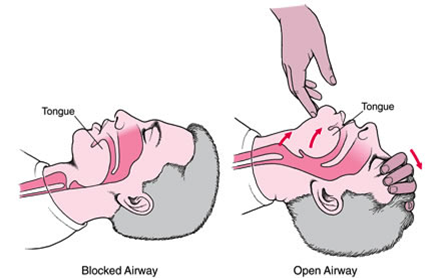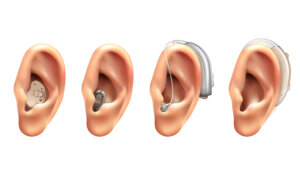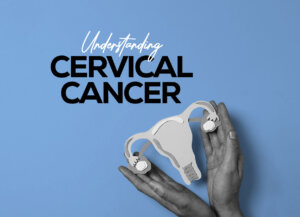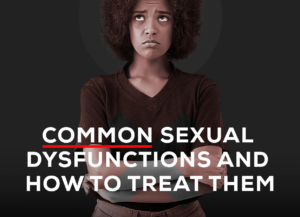
 Cardiopulmonary Resuscitation (CPR) is a first aid technique that is used to revive people who suffer a “cardiac arrest” (when the heart stops beating).
Cardiopulmonary Resuscitation (CPR) is a first aid technique that is used to revive people who suffer a “cardiac arrest” (when the heart stops beating).
It involves doing chest compressions and giving rescue breaths to keep a person alive until a defibrillator can be used.
A defibrillator is an electrical device which can be used to help restart someone’s heart.
CPR on its own is not sufficient to completely restart someone’s heart, however it will increase the chance of a defibrillator being successful.
STEPS TO BE TAKEN
Danger: Ensure there are no dangers to yourself, other bystanders or the casualty,
only help if it is safe.
Response: LOOK, FEEL AND LISTEN
The first step of CPR is to assess the victim and check responsiveness.
Gently shake the victim and shout, “Are you OK?” If the person answers, CPR is not needed.
If the person is unresponsive or conscious and showing signs of a stroke or heart attack, call for an ambulance/help and initiate the CAB‘s of CPR which include: C-Circulation, A-Airway, B-Breaths

CIRCULATION

Chest Compressions – It’s important to place your hands correctly upon the patient’s chest when performing compressions.
Make sure you’re kneeling beside the patient’s shoulders (Do Not Lean on Patient). Place your hands, one on top of the other, in the middle of the chest. Use your body weight to help you administer compressions that are at least 2 inches deep and delivered at a rate of at least 100 compressions per minute.
AIRWAY

A is for Airway, Clear the Airway. Check for any obstructions, such as tongue, foreign objects, vomit, swelling or food blocking the patient’s throat or windpipe (finger-swipe, if necessary).
Open the patient’s airway by tilting the head back with the palm of one hand while gently lifting the chin with your other hand.
For no more than 10 seconds, check for life: listen for any sounds, put your cheek next to the patient’s mouth to feel any breaths while also looking for any motion.
Rescuers can check steps simultaneously. If the patient is assumed lifeless begin Mouth-to-Mouth procedure.
Do not flex the neck or move the head if an injury or accident is suspected.
BREATHING
Deliver rescue breaths. With the person’s head tilted back slightly and the chin lifted, pinch the nose shut and place your mouth over the person’s mouth to make a complete seal. Blow into the person’s mouth to make the chest rise. Deliver two rescue breaths, and then continue compressions.
Once the breathing technique is applied, you will continue the C-A-B’s.
Note: If the chest does not rise with the initial rescue breath, re-tilt the head before delivering the second breath. If the chest doesn’t rise with the second breath, the person may be choking. After each subsequent set of 30 chest compressions, and before attempting breaths, look for an object and, if seen, remove it.
Repeat the 30 compressions and two breaths until help arrives.
WHEN TO STOP CPR
When you’re too exhausted to continue
Broken ribs, lung collapses, etc.
If an Automated External Defibrillator (AED) is accessible
If Emergency Medical Services (EMS) arrives










